-
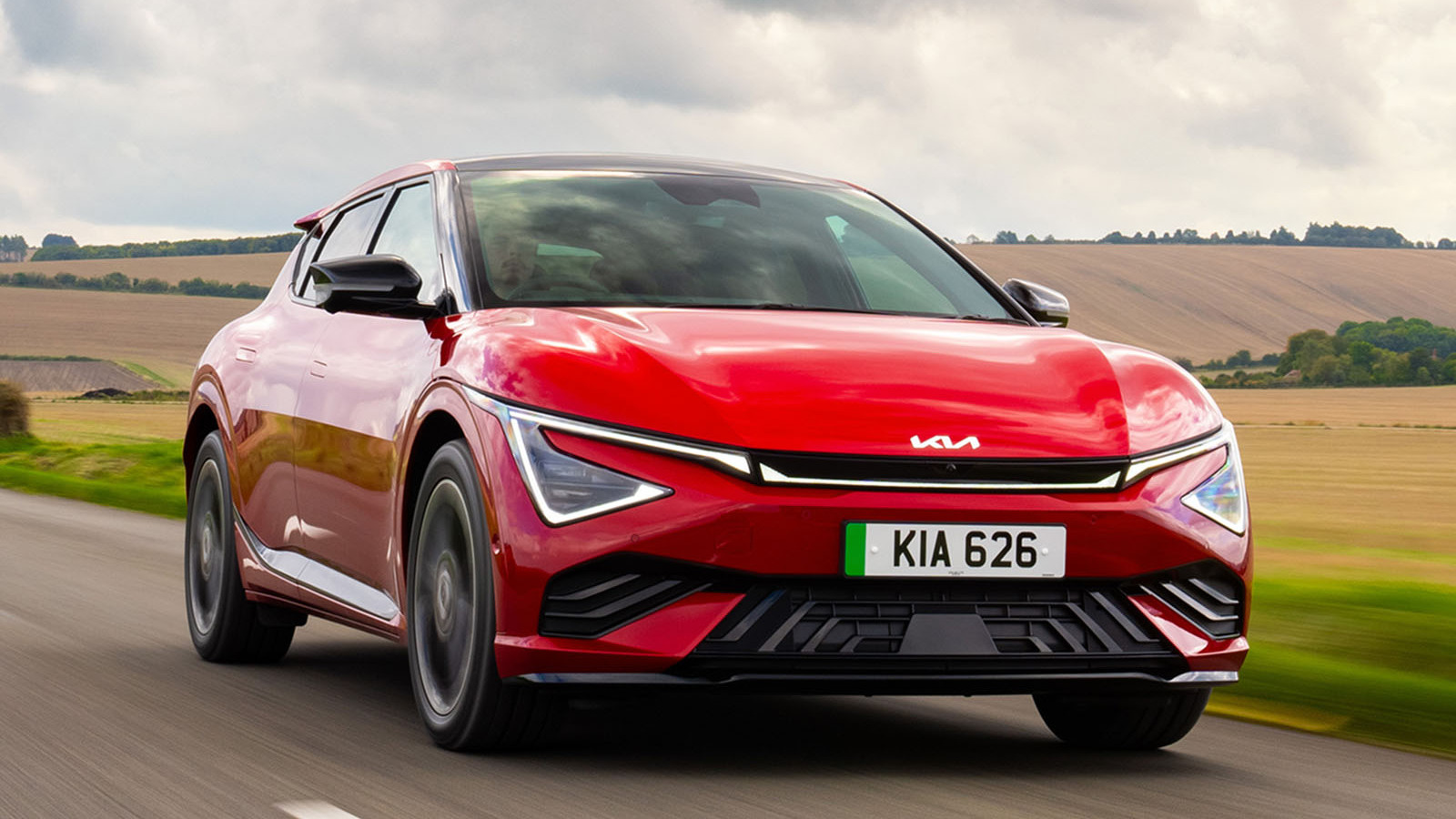 © Kia
© Kia -
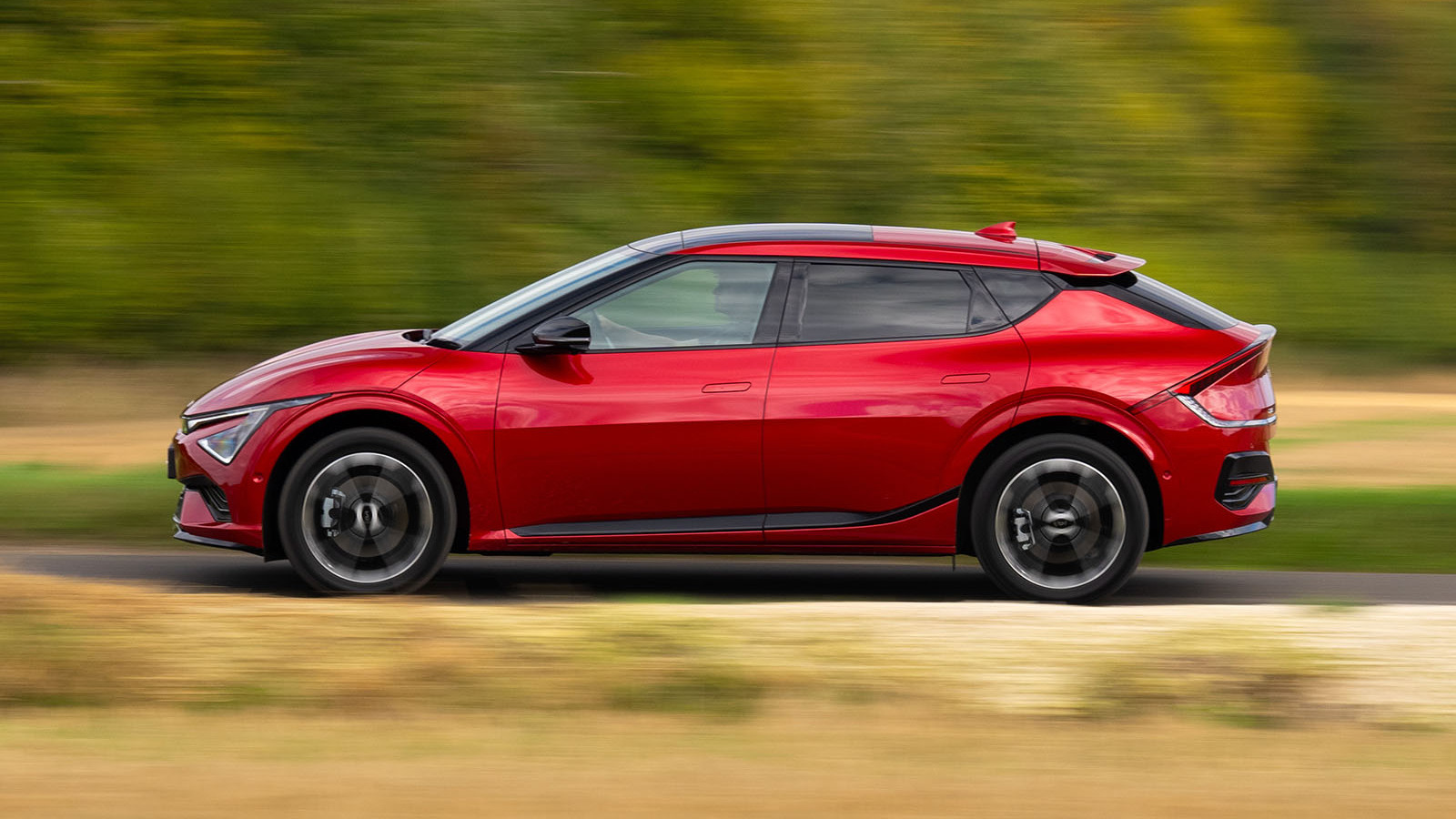 © Kia
© Kia -
 © Kia
© Kia -
 © Kia
© Kia -
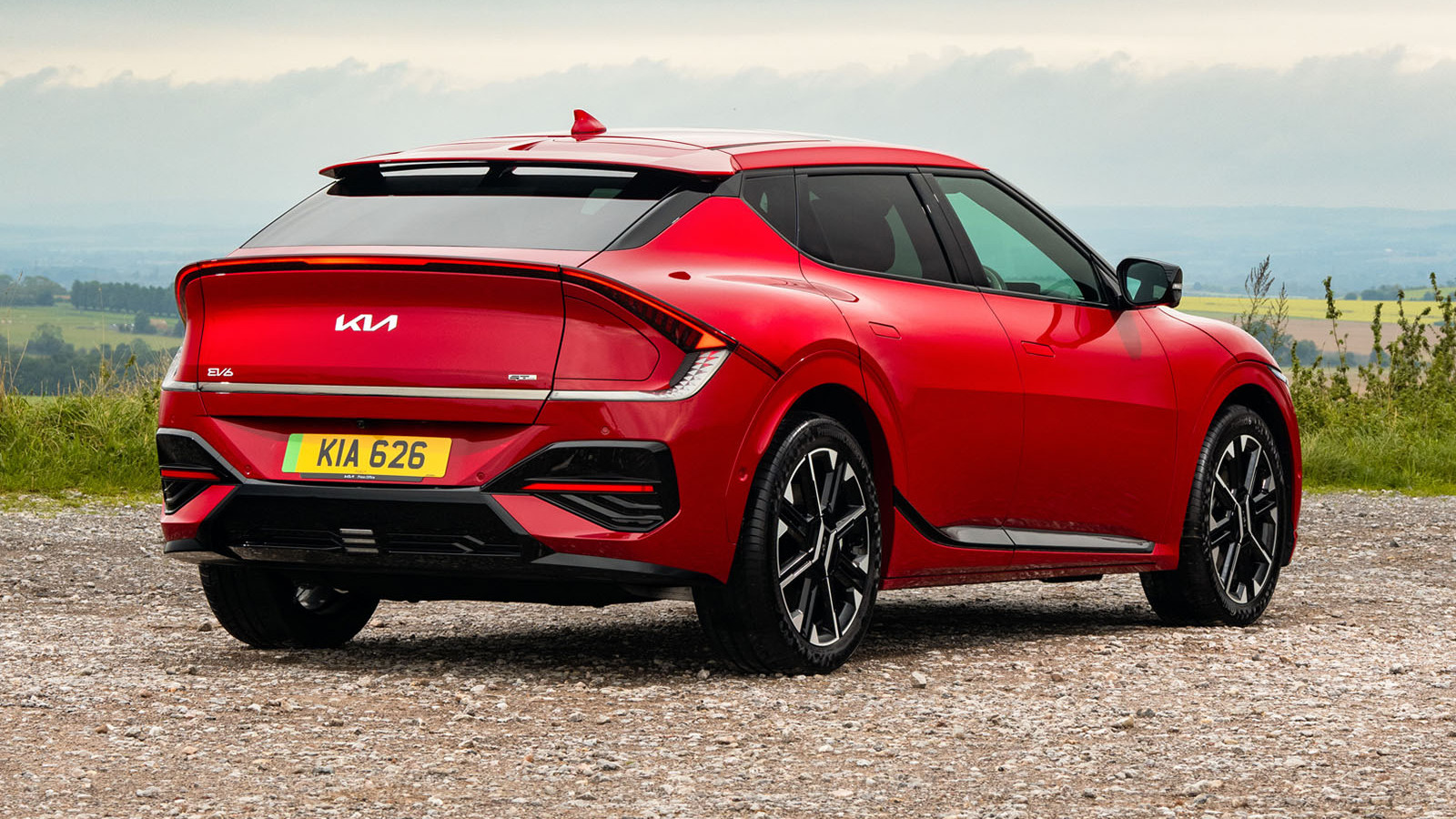 © Kia
© Kia -
 © Kia
© Kia -
 © Kia
© Kia -
 © Kia
© Kia -
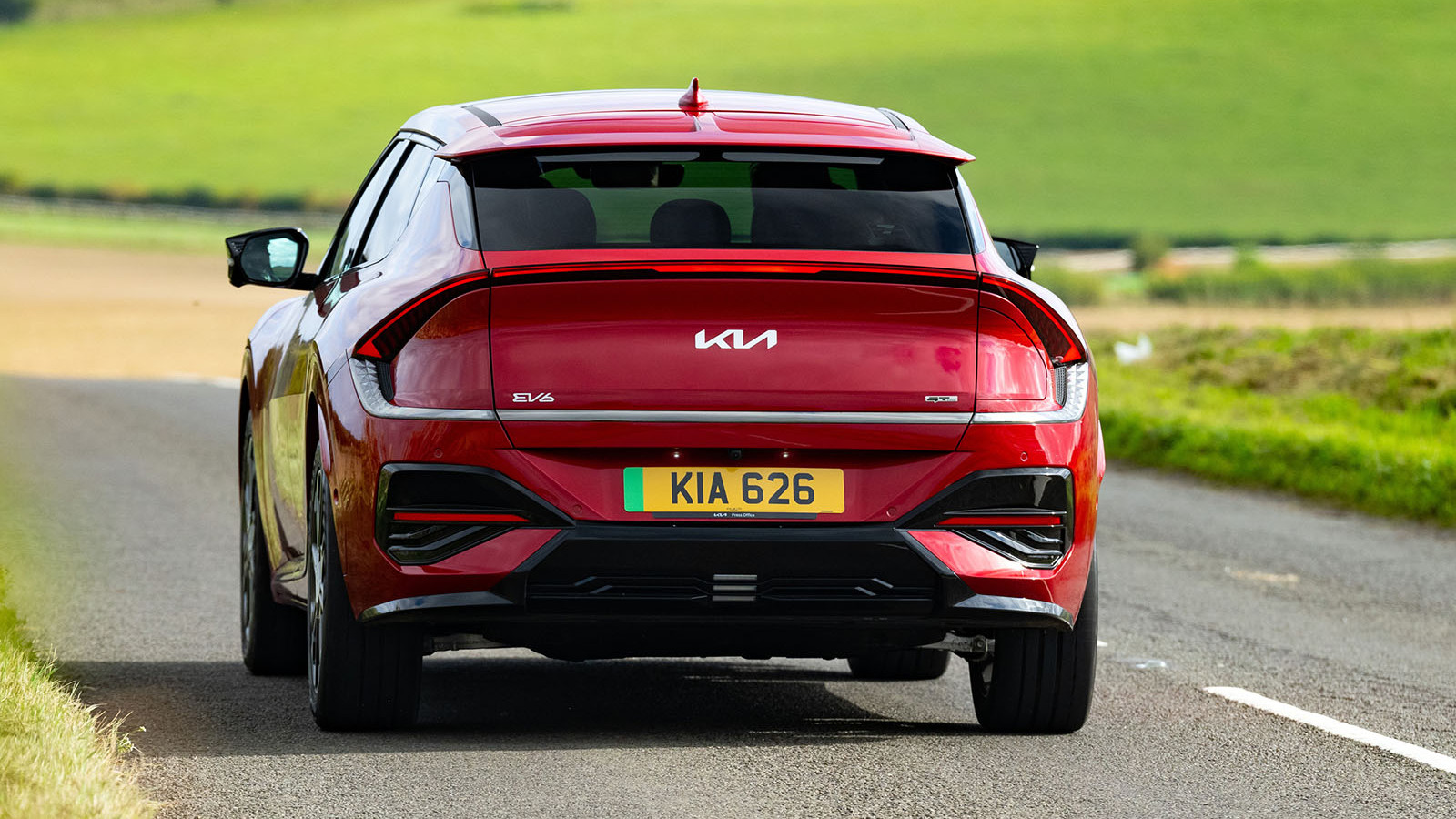 © Kia
© Kia -
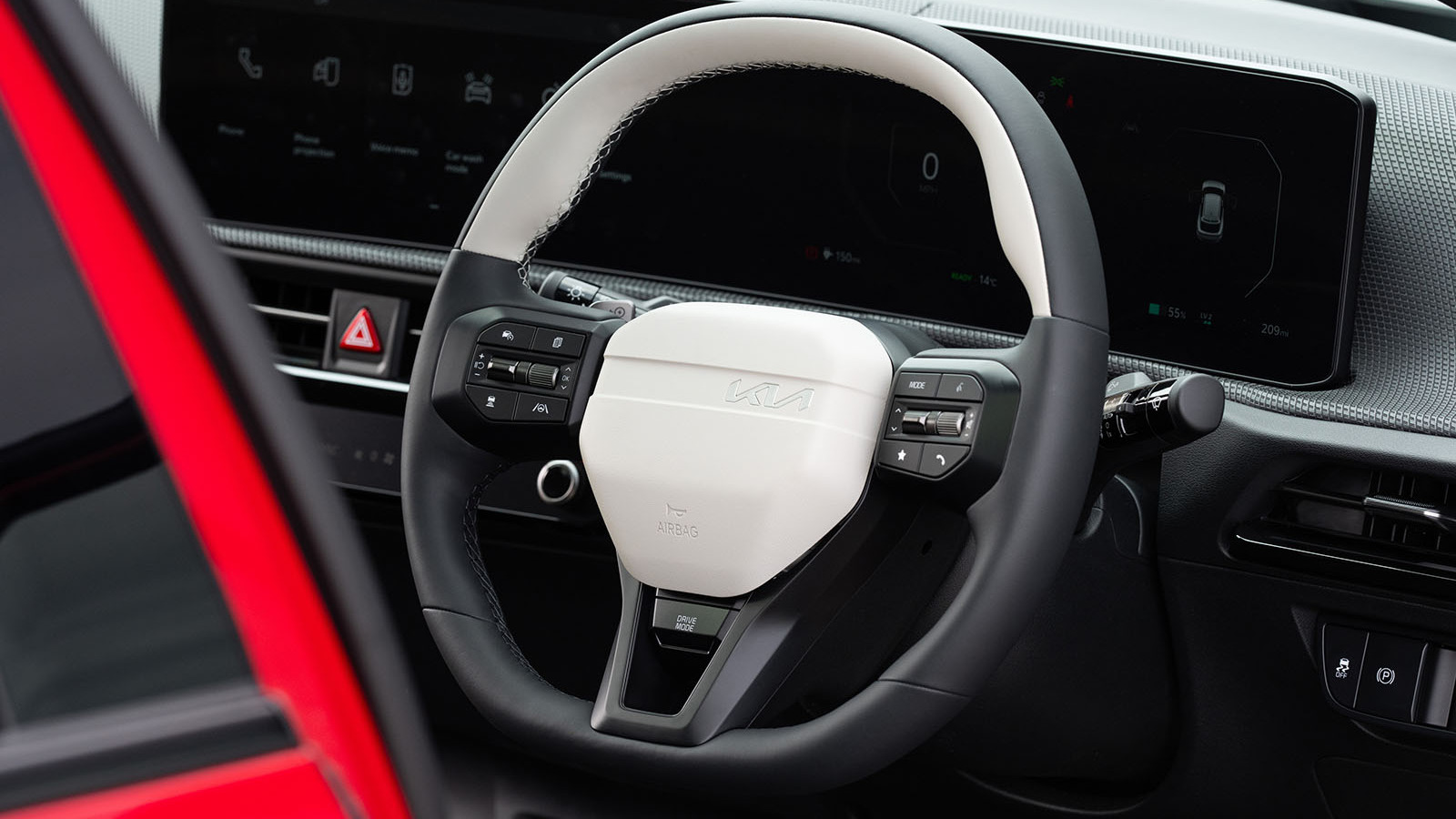 © Kia
© Kia -
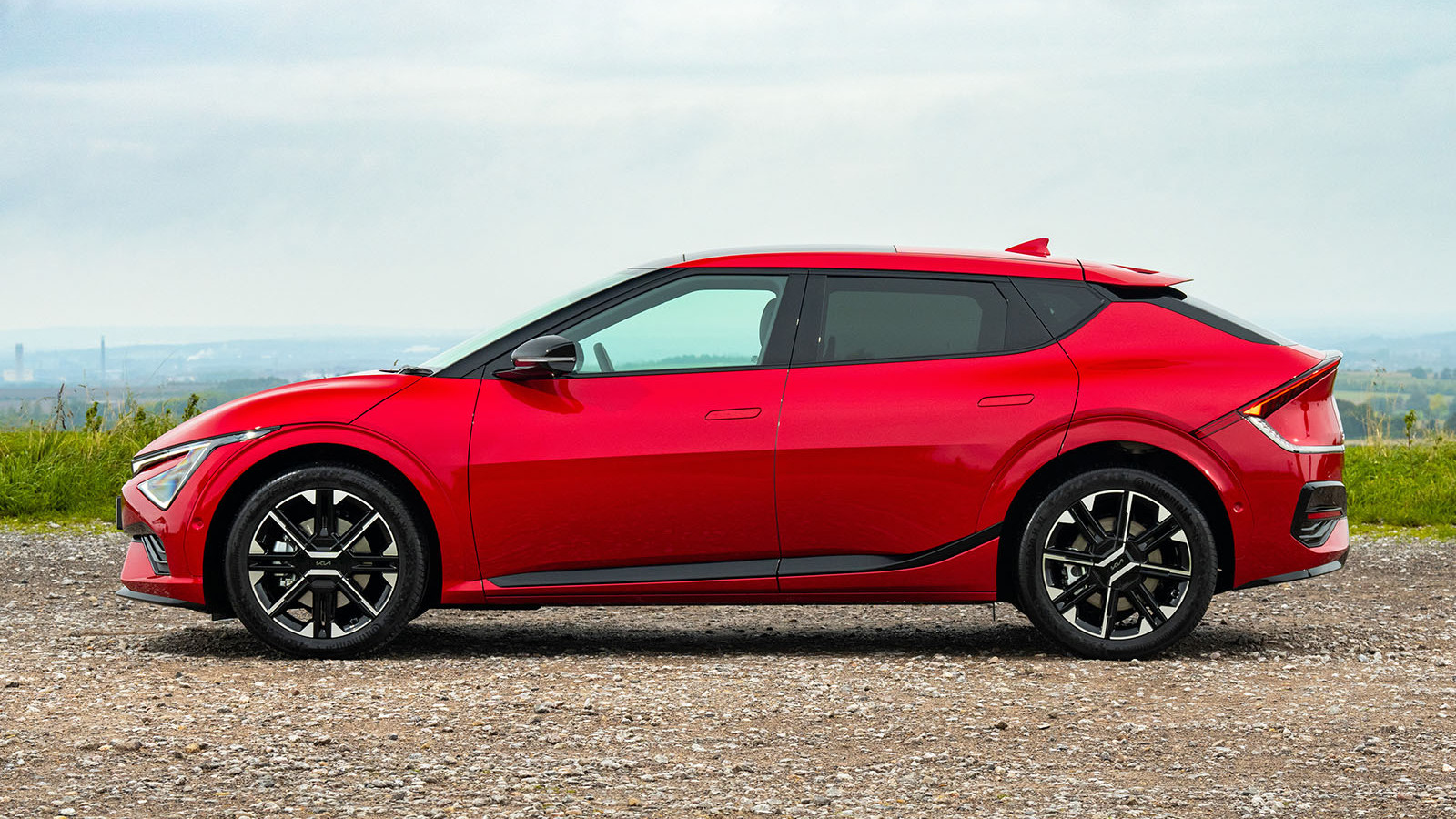 © Kia
© Kia -
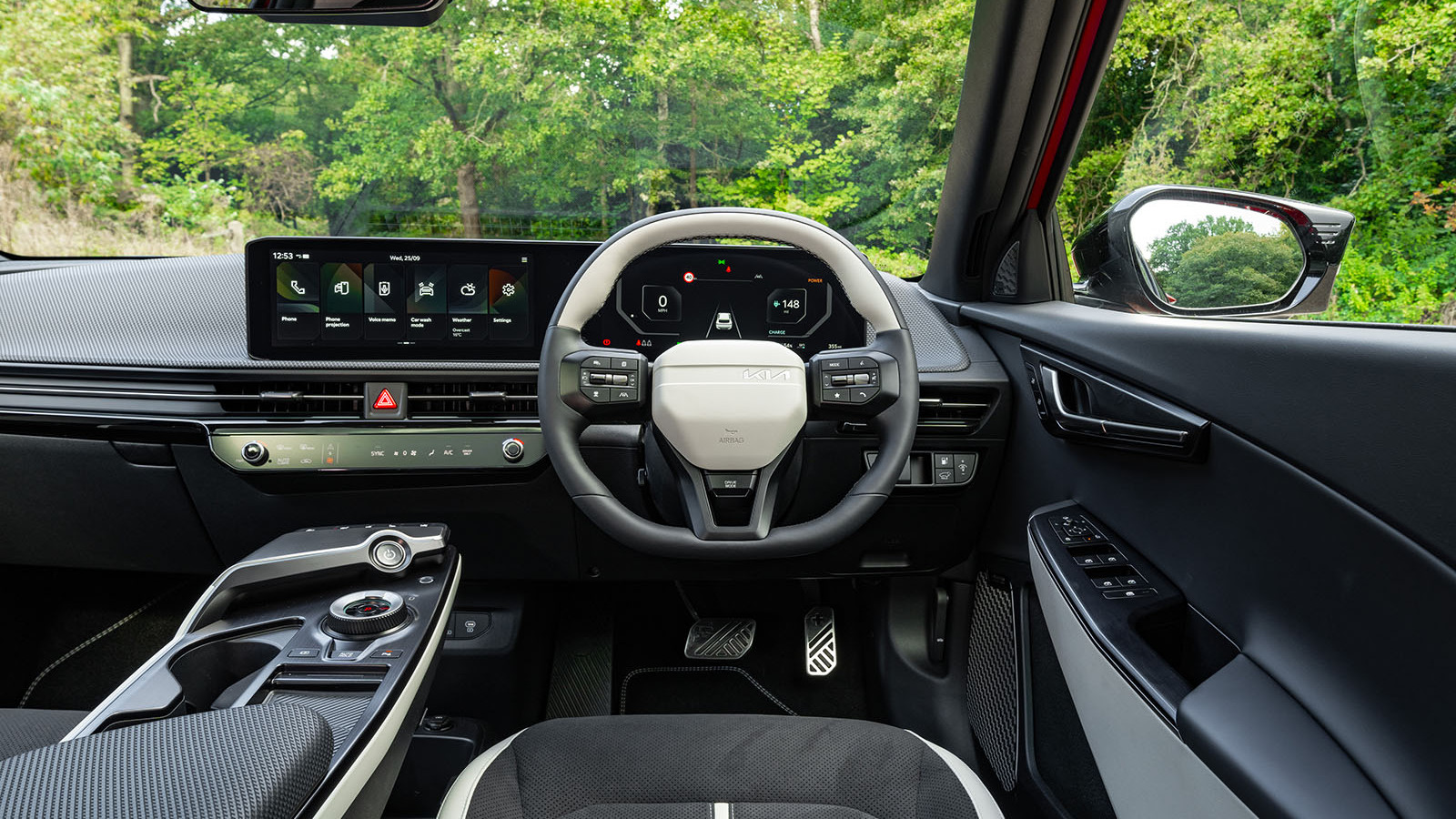 © Kia
© Kia -
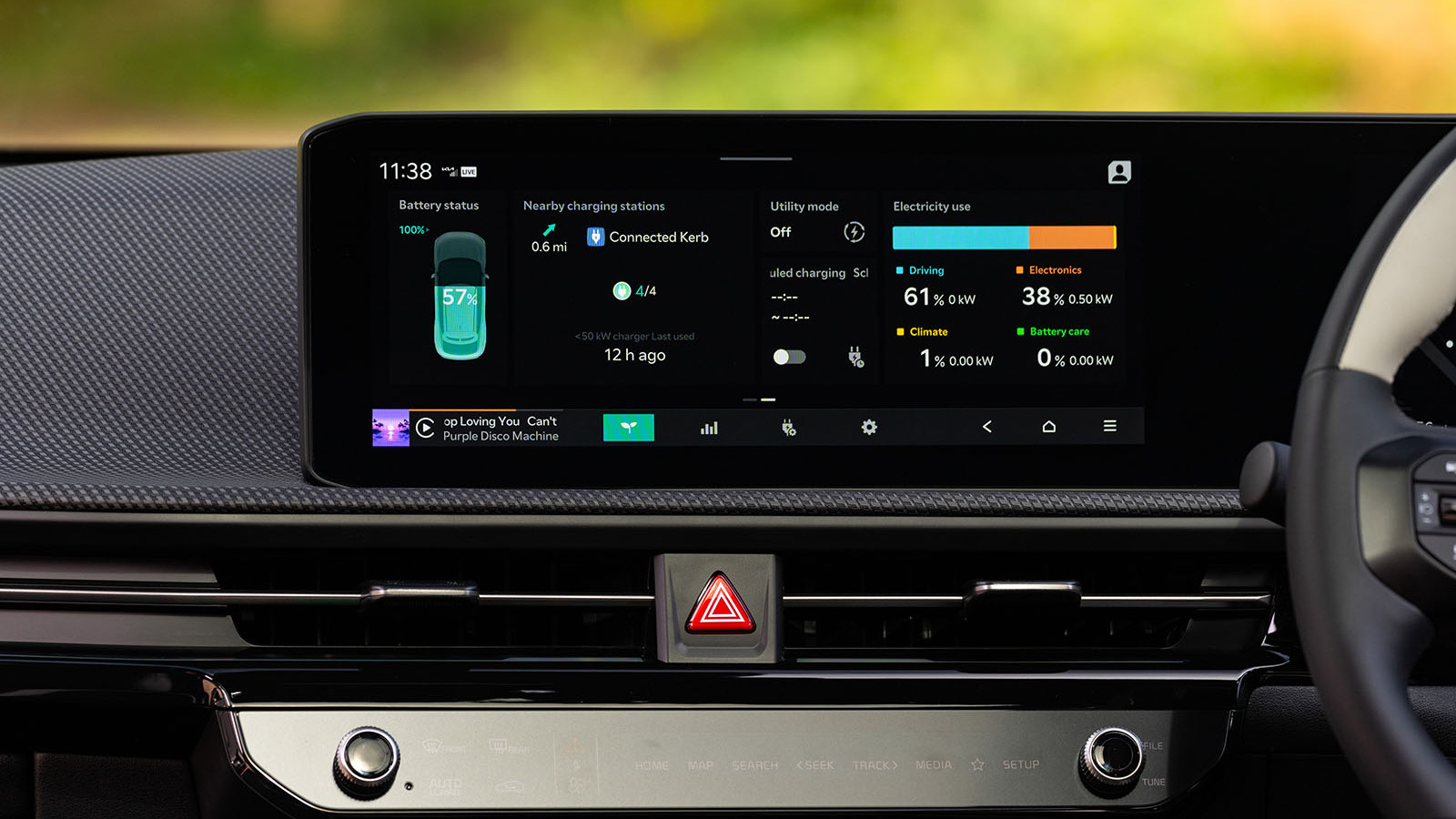 © Kia
© Kia -
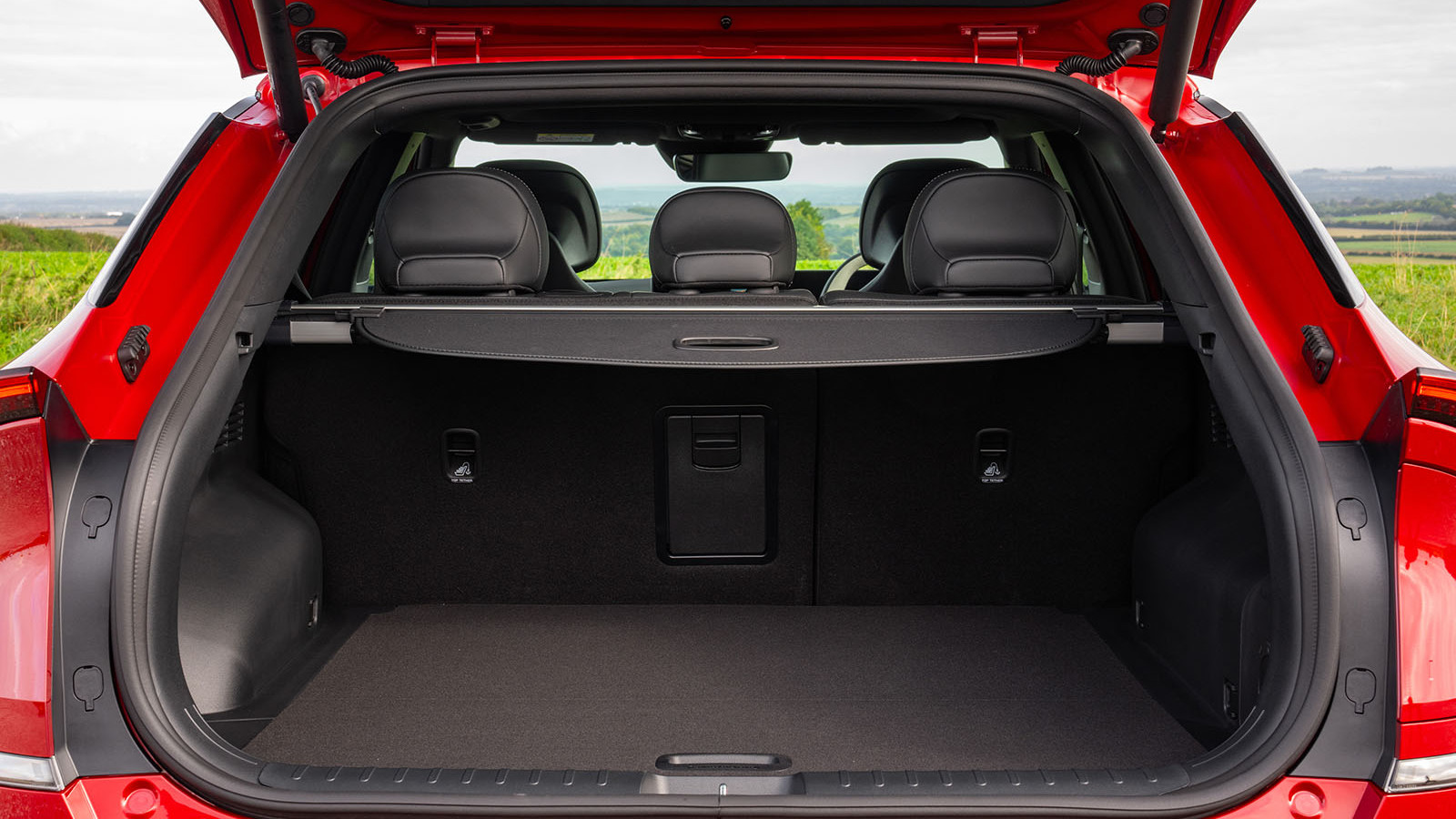 © Kia
© Kia -
 © Kia
© Kia -
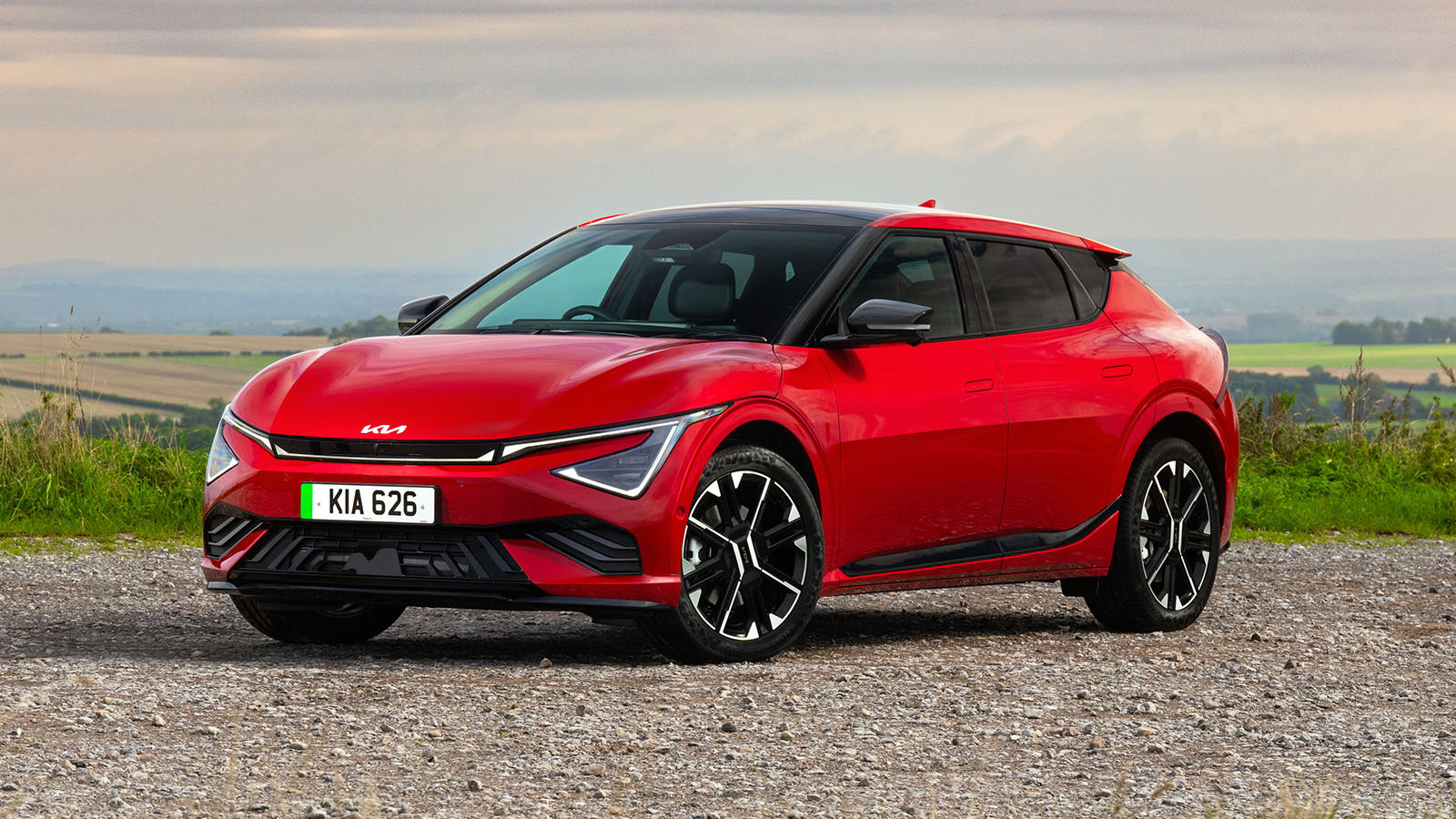 © Kia
© Kia
-
We've already reviewed the new Kia EV6 on Move Electric, but we're returning to it for a very good reason.
But first, a bit of context. From launch, the facelifted EV6 will be available with two powertrain options: one with a single electric motor, the other with two. Each one draws its power from the same 84kWh battery.
-
Therefore, we thought it would be interesting to see how much more (or indeed less) efficient one car is compared to the other.
Let's break down power figures first. The dual motor car has 321bhp and four-wheel drive, with one motor on each axle. The other has 225bhp and rear-wheel drive, with a motor on the rear axle, of course.
In the real world, then, what is the difference between them by way of efficiency and performance?
-
Starting with efficiency, Kia has gone to some length to try and increase how much range you can get out of the EV6. For example, usable battery capacity has increased from 77.4kWh to 84kWh, a heat pump is now fitted as an option on the top-specification GT-Line S car, and maximum charging speed is up from 239kW to 258kW.
-
As a result, Kia claims combined energy efficiency at 3.7mpkWh for the entry-level rear-wheel drive car, which beats the equivalent Volkswagen ID 4 (3.4mpkWh) and Ford Mustang Mach-e (3.4mpkWh), but misses the Skoda Enyaq (4.0mpkWh) and Tesla Model Y RWD (4.0mpkWh).
-
The four-wheel drive model, meanwhile, manages 3.5mpkWh - about 0.1mpkWh off the equivalent Mustang Mach-e but beating the 3.4mpkWh Nissan Ariya.
-
In the real world, the EV6 matches these figures quite closely, and in some cases beats them. Combining fast A-roads, motorways and towns, our four-wheel drive test car achieved a respectable 3.4mpkWh, and the rear-wheel drive EV6 achieved 3.8mpkWh, beating the claimed figure.
-
Similar discrepancies can be found in the way these cars conduct themselves on the road. Of course, with 321bhp and 446lb ft, the four-wheel drive car feels much faster than the rear-drive one, with its 225bhp and 258lb ft.
-
When you put your foot down, it gathers pace at an alarming rate, before easing off as the electric motor begins to slowly run out of puff. You will likely be going too quickly to notice it, however.
-
Despite the performance of the dual-motor car, however, the rear-wheel drive car is actually more fun. Its steering feels more direct, manageable and much lighter, and its inherent balance makes it very satisfying to thread around tight corners.
-
One complaint we do have is that the steering feels slightly numb, but you could say that about lots of electric SUVs these days, so we can't blame it too much.
-
What’s more, the single-motor car’s 2.3sec compromise on zero to 62mph acceleration isn't something you notice day-to-day; the car’s performance is always evenly and generously metered out.
-
Of course, this wouldn't be a proper review without taking a look at the interior. In this respect, the EV6 is a strong performer. There are lots of soft-touch, rubbery plastics making it feel worthy of the asking price, and the handsome new steering wheel is very easy to get used to.
-
The usual driver assistance systems remain, such as traffic sign recognition, lane-keep assist and an audible overspeed warning. And while these can be switched off via the 12.3in curved infotainment screen, the menus which you have to go into are quite complicated at first. After a few drives, however, we suspect you will get used to it.
-
As for practicality, the lack of a transmission tunnel makes the EV6's interior very spacious, especailly for your legs. Headroom is pretty good, too, even if the car is fitted with the optional panoramic glass sunroof. And because the windowline is quite low, you get a good view out.
-
However, the thick A-pillars and C-pillars mean blindspots are a bit of an issue. We would, therefore, recommend choosing the blind-spot monitoring assist.
-
And so to the conclusion of this review, and it's quite a simple one. Taking the entry-level model makes the most sense with a car like the EV6 because it fulfils the right criteria.
Its efficiency is competitive, its price lower, and its drivability betters even the model above it. And if performance is your priority, why not wait for next year's 577bhp EV6 GT?
